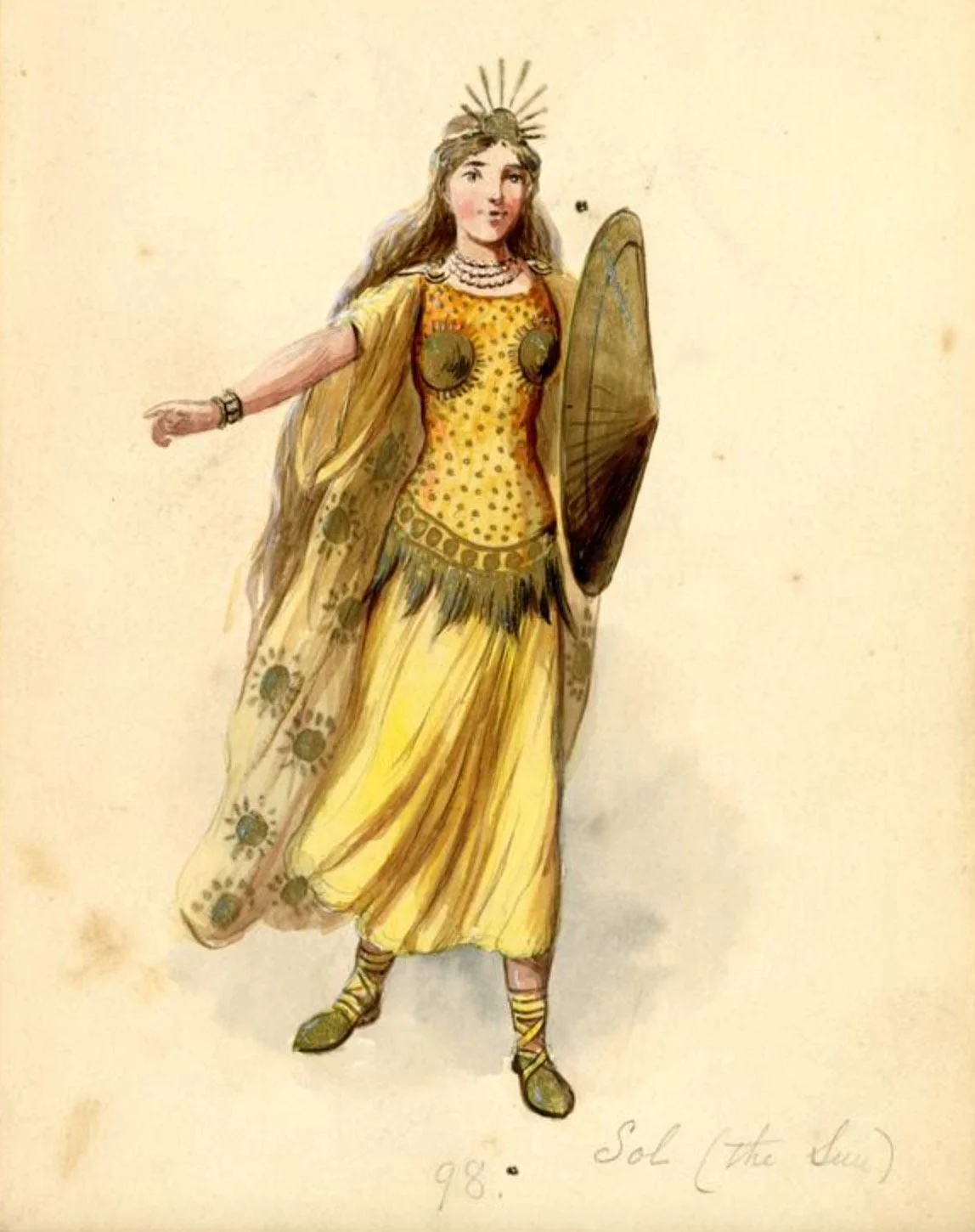Sunna Solstice
Long before clocks and calendars, the sky was our timekeeper.
On the longest day of the year, we rose early. As the sun’s rim crested the horizon, we watched in stillness. The warmth spilled across our faces. This day marks the apex of illumination. After this day, shadows will begin to lengthen as the days shorten.
The Summer Solstice is when the sun reaches its highest point in the sky, thus creating the longest day of the year. In the Northern Hemisphere, this usually falls on June 20th or 21st. This moment of astronomical precision has captivated humans through time and space.
Ancient cultures around the world marked the solstice with ceremonies, monuments, and myths. In England, Stonehenge aligns perfectly with the sunrise on this day. In New Mexico, the Fajada Butte Sun Dagger marks the solstice noon with an ancient solar calendar carved into stone. The agricultural significance of this day, marked the seasonal shift from planting to harvesting, which has been celebrated since in the Neolithic era (10,000 BC). Today, we understand it through the lens of astronomy, but the solstice has always been deeply spiritual.
In 16th-century China, emperors held midsummer rituals at the Temple of the Earth, offering gifts to the heavens. Across pre-Christian Europe, communities lit bonfires, sang, and danced to celebrate the sun’s power—traditions that evolved into Saint John’s Day after the spread of Christianity.
Today, in New Orleans, Voodoo Priestess Sallie Ann Glassman leads an annual headwashing ceremony on Bayou St. John, honoring Marie Laveau, the famed Voodoo Queen. Dressed in white, participants bring offerings—flowers, candles, food, and ribbons—to an altar for healing, clarity, and spiritual renewal. The ritual blends African, Haitian, and Catholic traditions into something wholly unique and sacred.
In Norse tradition, the sun is personified as Sól, also called Sunna—a radiant goddess who rides across the sky in a chariot drawn by celestial horses, chased endlessly by a great wolf. Her journey brings light to the world each day, and her symbolism speaks to endurance, illumination, and the divine feminine.
Offerings and ritual items inspired by Sunna and other solar dieties can help you connect with this energy. If you’re called to create your own ritual, check out the shop for devotional items and ritual instructions for a practice rooted in ancient wisdom.
Super charged, this year’s solstice also falls during Solar Maximum, the most active phase in the sun’s 11-year cycle. Solar flares and coronal mass ejections can disrupt electronics and satellites, but they also bring extraordinary auroras—like the ones seen in Southern California in 2024, far beyond their usual northern lights.
The solstice reminds us that we are part of a larger rhythm—ancient, cosmic, collective and still very much alive. The sun gives us warmth, light, energy, and life itself. Without the sun, we could not exist. To honor it is to remember where we come from— and what continues to sustain us.


